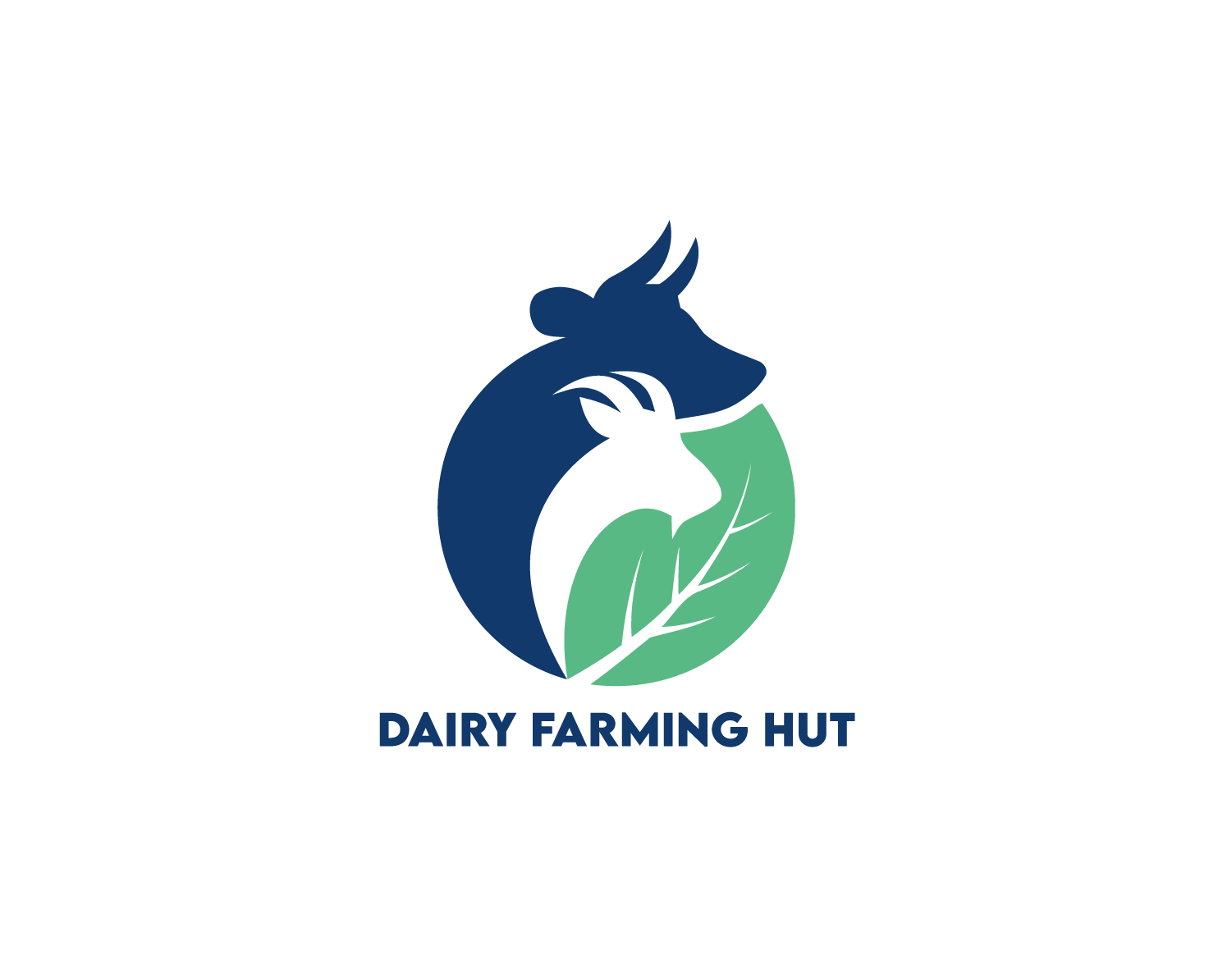Cheese is one of the most consumed dairy products worldwide and one of the oldest. It's also one of the most popular, considering that it has been included in some of the most acclaimed recipes the world has ever witnessed, such as pizzas and burgers.
People are under the impression that cow's milk is the most consumed milk in the world, which is to be expected since cows have more apparent yielding capacity. However, goat's milk currently dominates the market, garnering around 70% of the market share of dairy products.
Over the years, cheeses made from milk of other mammals have had their niche market and an increase in popularity due to additional health benefits and diet-friendly features. Others have been traditionally used for centuries and basically helped shape the gastronomical offering of their respective countries of origin.
Goat Cheese vs. Sheep Cheese
For the purposes of this writing, we'll be delving into differences between goat cheese and sheep cheese in terms of nutritional values, properties (smell, taste, appearance, etc.), and use cases. We'll also be showcasing the different types of goat and sheep cheese available in the dairy market, as well as recipes made using them.
Without further ado, let's disclose them in more detail.
Goat Cheese
Goat's milk is employed in various common types of cheese, namely, Cheddar, Gouda, and Brie (which is a more expensive variant). Its flavor and smell are usually tangier than cow cheese.
France is very famous for its goat's milk production, and their cheeses receive the name of "Chevre". Spain also has a wide variety of goat cheeses, especially in the Murcia region.
Goat Milk
As stated earlier, goat's milk is one of the most popular dairy products worldwide. The reason for this phenomenon is that it's far easier to keep and raise goats, particularly in developing countries where cows are more expensive to cater to and groom.
Goat's milk is known for being creamier and thicker in density than cow's milk due to its higher fat content. Although it's not exactly lactose-free, it's more lenient on lactose-intolerant consumers.
There are several health benefits associated with goat milk, which include:
Characteristics And Types of Goat Cheese
Goat cheeses are usually silky and creamy, with a "lemony" aftertaste, albeit slight. It can be eaten fresh or aged. France is known for being a great producer of both versions of goat cheese.
Chevre is manufactured by warming goat milk and mixing it with powdered rennet and bacteria culture. The rennet produces coagulation, while the bacteria synthesize lactic acid from the milk's lactose. The milk then separates into solid curds, which are then scooped out from the whey (the remaining liquid) and squeezed further to form the final product.
Below we'll reveal the three general types of chevre:
Fresh Chevre

It's the most prevalent and easily accessible type of chevre, usually aging no more than a few days. It's highly spreadable and can be mixed with a variety of fresh herbs.
Valençay
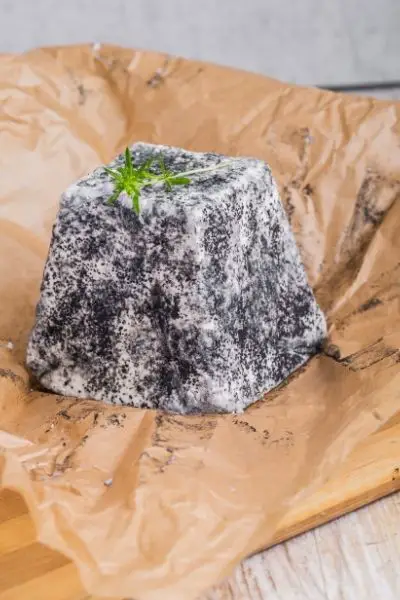
Its age doesn't exceed three weeks. Natively produced in the province of Berry, at the center of France. It was originally made in a pyramid shape with a pointed tip, but legends claim that Napoleon once cut the top of a Valencay cheese with a sword in a display of rage, and, from then on, it started being made with a flat top. It comes coated in both wood and vegetable ash.
Bûcheron
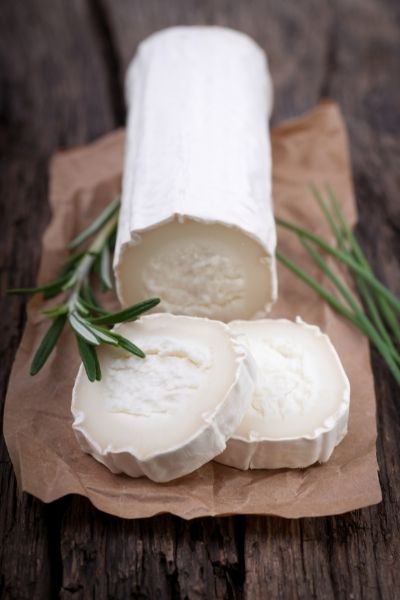
Semi-aged and coated with a layer of white rind after a maturation process that spans from five to ten weeks. It has a very chalky texture when young, developing into a soft goo under room temperature.
With regards to goat cheese produced outside of France, we can find several varieties. Below are some of the most prominent examples:
Examples of Goat Cheese Recipes:
A great appetizer consisting of French Bucherondin goat cheese with marinara sauce and various seasonings.
Another appetizer recipe using a mix of Greek cream cheese and goat cheese, together with roasted tomatoes and baguette slices.
Pastries made with a succulent bijou cheese base and a plethora of fresh fruits and nuts.
Sheep Cheese
Sheep milk has almost twice the amount of protein and fat contained in cow's milk. The cheese has a peculiarly sweet flavor, producing a nutty feel in the mouth. As far as health benefits go, sheep's milk is heralded as a great source of reproductive health benefits and immunity enhancement.
Other benefits include:
Characteristics And Types of Sheep Cheese
Sheep cheese has a wide array of flavor undertones, depending on the manufacturing process. Due to the high butterfat content, it delivers a much creamier feel in the mouth and will sweat more at room temperature.
In terms of processing, it doesn't differ substantially from goat cheese, but the curds produced by sheep's milk are far more consistent and less crumbly.
The three common types of sheep cheese are:
Fresh sheep cheese
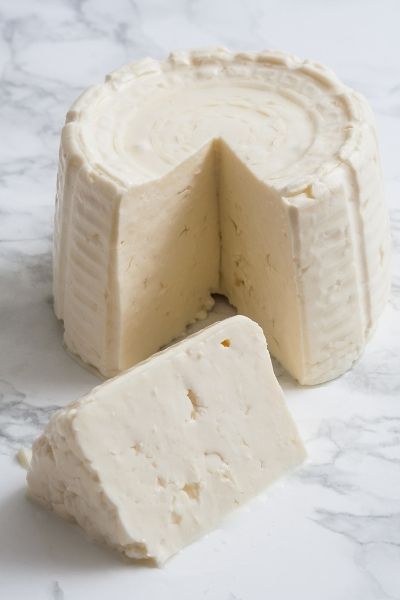
Highly spreadable and creamy. The Spanish "Burgos" cheese is one of the most illustrative examples.
Blue sheep cheese
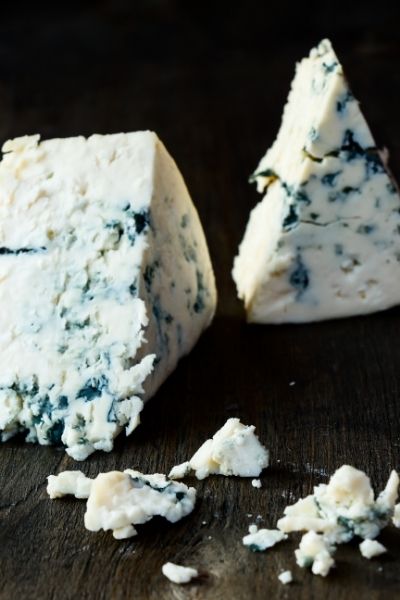
A cheese with a rather lengthy aging process. The color is produced by a blue mold that also endows the cheese with a peculiar smell and taste. Roquefort cheese is the most representative example in this category.
Hard sheep cheese
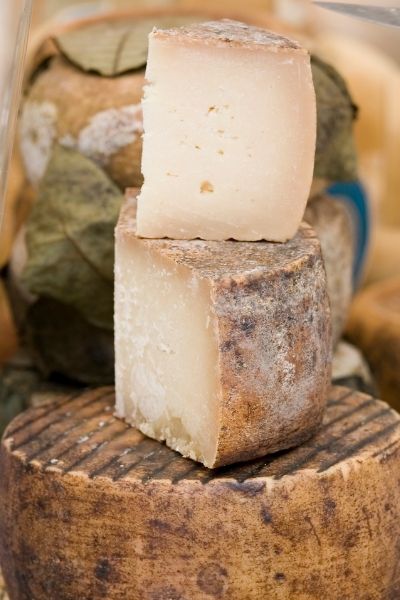
Cheese that goes through a curation process and is usually brittle. Notable examples include Italian Pecorino and Spanish Manchego cheeses.
These are some of the most prominent sheep cheeses:
Examples of Sheep Cheese Recipes:
A delicious appetizer, served as "tapas" in various Spanish bars, made with a double coating consisting of breadcrumbs and egg.

It is made by placing sheep cheese in the middle of a baking tray and arranging vegetables - mixed with oil and thyme - around it, all of it covered by flatbread and baked.
A very simple yet delightful pasta mixed with double cream, black Tellicherry peppercorns, and Pecorino cheese.
Hybrid Cheese: Mixed Sheep and Goat Milk Cheeses
These are some of the most popular mixed milk cheeses worldwide:

Feta
Native of Greece. It's a brined curd cheese that, although originally made from sheep's milk, can also be blended with goat's milk. It's ordinarily made into blocks that can be added to salads and various pastries.

Mobay
It's a semi-soft cheese from Wisconsin, USA. It's very white in appearance. It has two sides: One comprising goat cheese (with a tangier flavor) and the other sheep cheese (leaning on the sweeter side), both separated by grape vine ash layer.

Pecorino Misto
A specific type of Pecorino produced around the Basilicata mountains and matured in underground caves.
